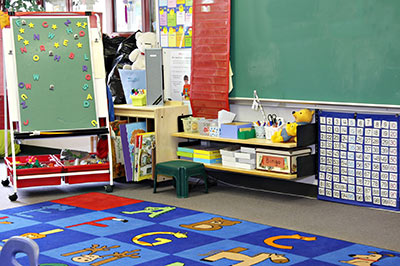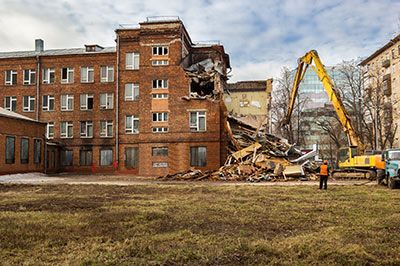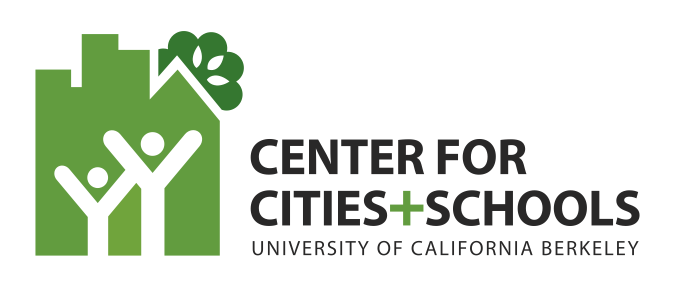by Angel Ford, Ed.D.
In previous blogs, I have frequently discussed the inequities of school building conditions across America. This blog will also talk about those inequities in light of the Every Student Succeeds Act (ESSA). Let’s start by examining what ESSA states about educational facilities.
A search of the ESSA bill reveals very few mentions of school facilities. Charter school facilities are mentioned a number of times as well as the school facilities for students residing on Native American reservations. There is a mention of facility management in the context of community schools, and we also learn from the bill how federal dollars will be allocated for technology upgrades in schools, but these funds cannot be used to retrofit the built environment to accommodate improved technology. Beyond these considerations, there is no comprehensive plan to address school facilities.
While ESSA does not directly address the inequities of school building conditions, U.S. Secretary of Education John King repeatedly makes a clarion call for equity in education. Mr. King has emphasized that ESSA can be used to achieve equitable outcomes. However, there is little clarity from reading the actual bill to indicate how ESSA will approach facility conditions for all students. School facilities are a key element of this country’s educational infrastructure, and yet, the condition of school buildings and classrooms are very inequitable. Over half of the school buildings are in need of repair to even be considered in satisfactory condition (NCES, 2014).
In his address to the Senate Health, Education, Labor and Pensions Committee, Secretary King (2016a) stated that many students still have “less access to the resources necessary to thrive.” Although, at the time, he did not discuss directly the built environment, evidence suggests that adequate school building conditions and design are a crucial resource for all students. Secretary King (2016b) has also said, “persistent opportunity gaps undermine equality.” I couldn’t agree more! I would like to challenge education stakeholders to think about the unequal condition of our school buildings as a contributing factor that causes opportunity gaps.
Tanner (2015) conducted a meta-analysis of dissertations related to the effects of educational facilities. This study examined how school facilities correlate with student outcomes. He found that many factors of the built learning environment have statistically significantly relationships with student outcomes. These building factors include, but are not limited to, the quality and availability of natural light; design aspects such as quiet spaces, display spaces, green spaces, and storage spaces; climate control; and the overall condition of the school building.
Under ESSA, each state’s department of education will determine its implementation of the law, and every state will need to examine whether or not they are meeting the call for greater equity in education. Those of us concerned with the state of school facilities should make a strong effort to increase awareness that the conditions of physical learning environments are a sign of equitable treatment of students. Whereas ESSA doesn’t discuss facility conditions directly, the legislation does promote equity, and we know that school building conditions are not equitable currently. Now the remedy for this situation is at the state level, and we should let our local state representatives know that facility improvements are an educational priority.
Resources
National Center for Education Statistics. (2014). Condition of America’s public school facilities. Retrieved from http://nces.ed.gov/pubs2014/2014022.pdf
Tanner, C. K. (2015). Effects of school architectural designs on students’ accomplishments: An meta-‐analysis. Education Facilities Clearinghouse.
King, J. (2016a). Remarks Before the Senate Health, Education, Labor and Pensions Committee on the Nomination of Dr. John B. King Jr., to serve as Education Secretary. Retrieved from http://www.ed.gov/news/speeches
King, J. (2016b). What we ought to be: Educational opportunity, civil rights and the Every Student Succeeds Act. Retrieved from http://www.ed.gov/news/speeches
Dr. Angel Ford is a research associate with Education Facilities Clearinghouse (EFC). Dr. Ford has previous experience working as a middle/high school administrator and actively participates in research and content management of the EFC website.














